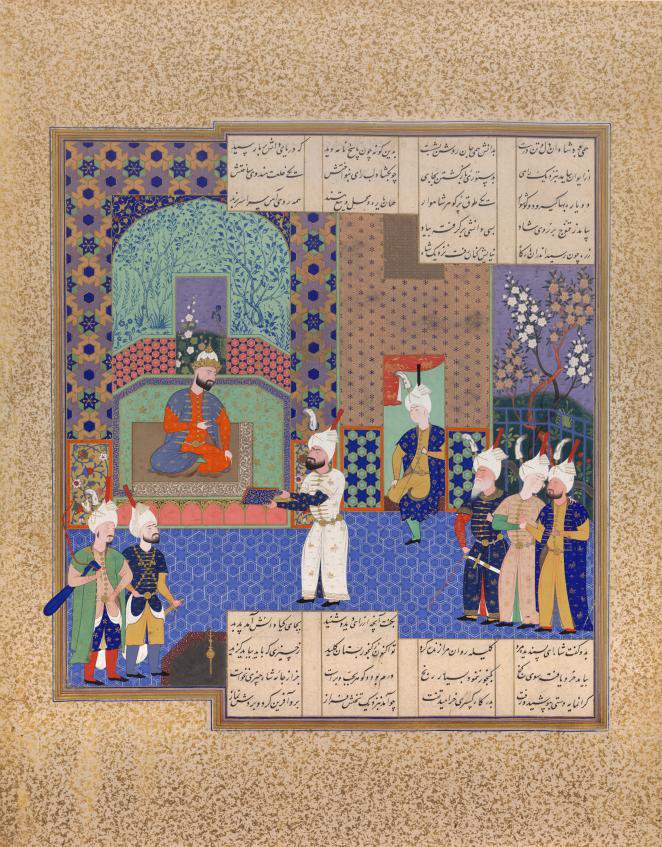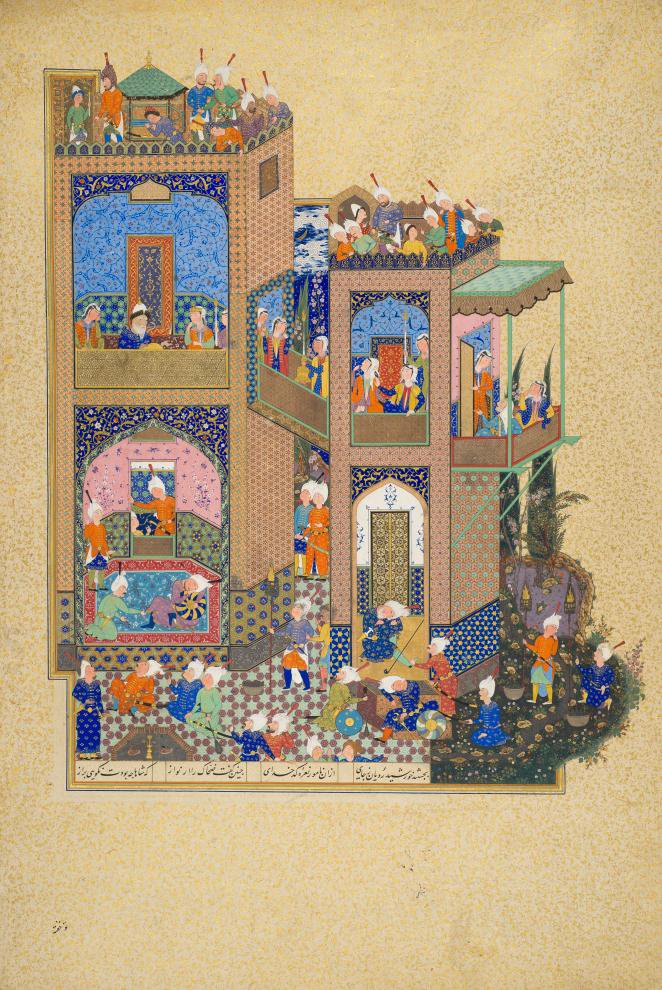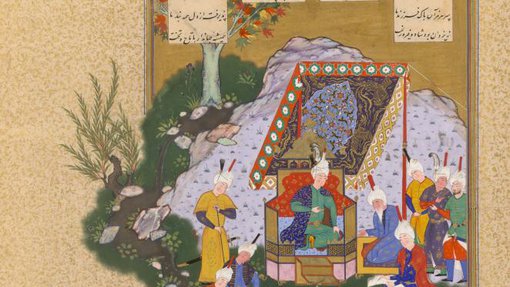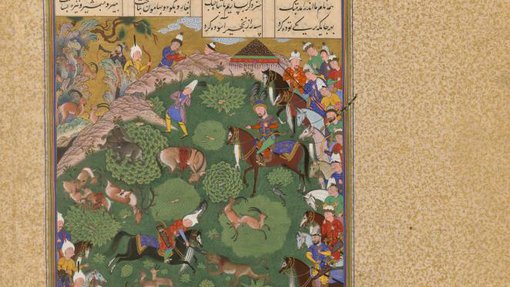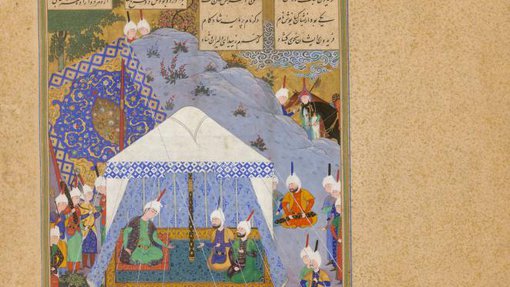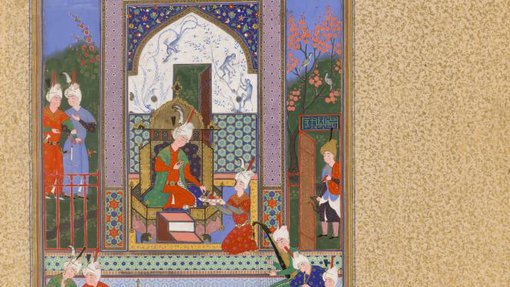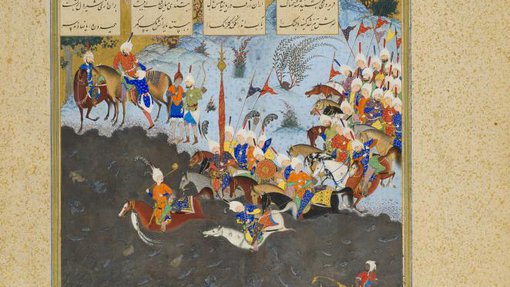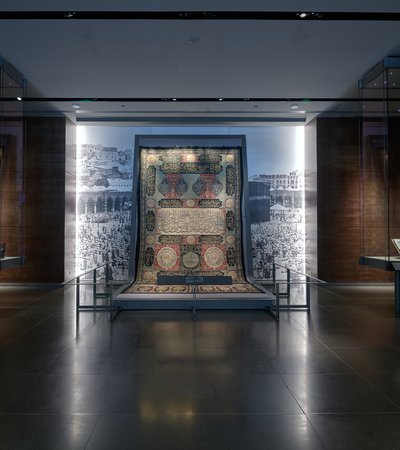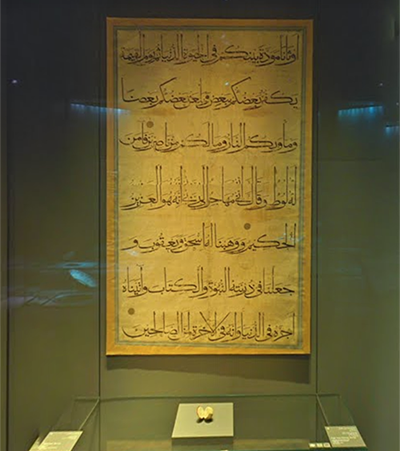As with other copies of the Shahnameh, this particular manuscript was commissioned by a Persian ruler, Shah Tahmasp, as a status symbol and political statement.
What Is the Shahnameh?
Longer than the Iliad and the Odyssey combined, the masterpiece poem known as the Shahnameh, or “Book of Kings”, tells the stories of the rulers and heroes of ancient Persia.
Written by the famous 10th-century Persian poet Abul-Qasim Firdausi, the Shahnameh was commissioned by Sultan Mahmud, ruler of the Ghaznavid dynasty from 998 to 1030 CE. It has occupied a place at the heart of Iranian culture for the past thousand years, originally helping to preserve the Persian language and identity after the Arab conquest of Iran in the seventh century.
Tracing the story of Iran’s kings from the first mythical king of Iran up to historical figures, just shortly before the rise of Islam, the Shahnameh was originally a source of teaching, education and inspiration for young princes. According to Nicoletta Fazio, assistant curator at MIA, it was a book they needed to own, not only as a symbol of Persian culture but also as a source of moral advice and teachings.
